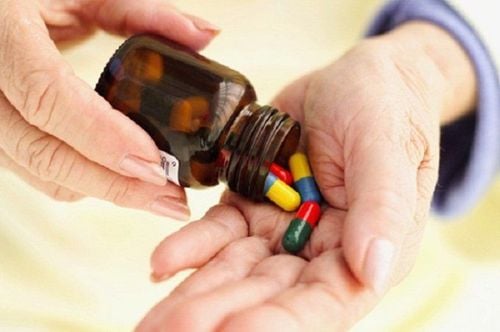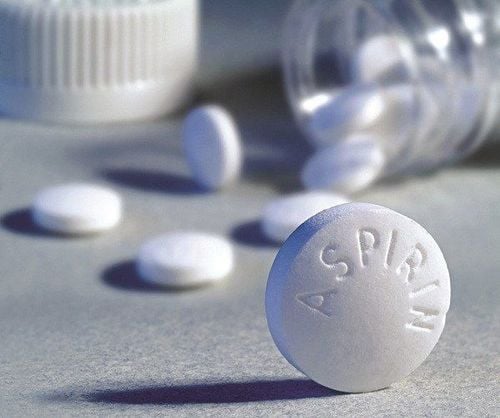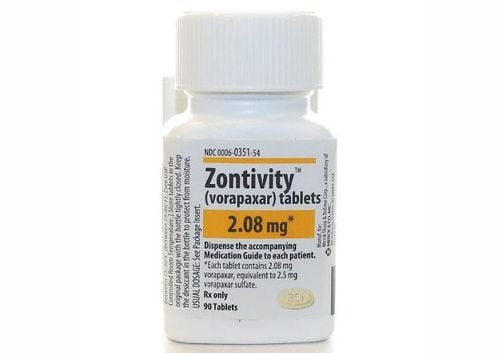This is an automatically translated article.
The article was consulted with Dr. Nguyen Van Duong - Interventional Cardiologist - Cardiovascular Center - Vinmec Central Park International General Hospital.Cerebrovascular accident is a very dangerous and leading cause of death in the world and in Vietnam. People who have had a stroke, especially a severe cerebrovascular accident, often suffer from severe sequelae such as hemiplegia, cognitive disorders... After successful treatment of cerebrovascular accident, the patient still has Survival, activities and recovery after cerebrovascular accident are possible.
1. Severe cerebrovascular accident
A cerebrovascular accident, or a stroke, is a condition in which a blood vessel in the brain is damaged, causing the brain not to have enough blood to nourish and lose some important functions. In a normal state, blood will be circulated in the body through arteries and veins, going to organs for nourishment, including the brain. When there are abnormalities in blood vessels and the blood supply to the brain is interrupted, it will cause a cerebrovascular accident. Some common causes of vascular accident are cerebral vascular occlusion and cerebral vascular rupture. Severe cerebrovascular accident is when the brain cells are severely damaged, leading to sudden death and necrosis. In addition to severe cerebral hemorrhage, there is still a mild cerebral hemorrhage, which can be effectively controlled and treated.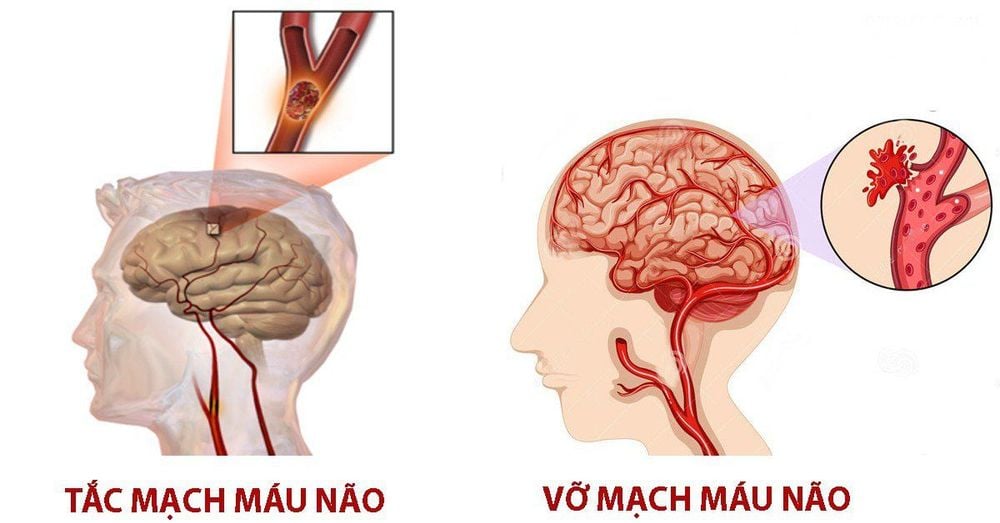
2. Treating cerebrovascular accident
To answer the question of how to treat a cerebrovascular accident or whether a severe stroke can be treated, there are many factors to decide. If the stroke is severe, and in the elderly, the possibility of successful treatment is very low, but if the patient is detected in time at an early stage, it is possible to fully recover up to 90% after the stroke. cerebrovascular changes. For patients at a younger age and suffering from a mild cerebrovascular accident and with only hemiplegia, they can be treated with the following methods:Medical treatment: Drugs used to treat complications Hemiplegia includes anticoagulants, antihypertensive drugs, drugs to regulate blood cholesterol levels, muscle relaxants... Performing physical therapy and rehabilitation: Depending on whether the patient is spastic or paralyzed software but the method of this method will be different. If the patient has flaccid paralysis, physical therapy will be performed in the shoulder joints, elbow joints, wrist joints, finger joints, hip joints... with some exercises such as folding, stretching, closing and closing. open these joints. In case the patient has spasticity, it will be more difficult, the patient is supported to perform some movements such as lying, sitting up, walking, standing and balancing.
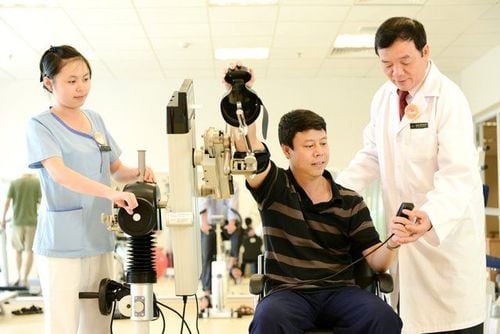
In addition, when treating cerebrovascular accident, besides specific treatment regimens, patients should pay attention to the following factors:
Have a scientific diet, especially food for people who have a stroke often have to be loose and the meals of the day should be divided into several times. It is necessary to increase the content of fiber and vitamins in the meal, minimizing foods high in fat. Family members and medical staff need to support and help the patient in movement and practice some light movements in the first time after the stroke, then gradually increase the strength of the movements and practice a few exercises. more complex movements. It is necessary to encourage and comfort the patient so that the patient can keep an optimistic and happy spirit, avoid falling into depression, anxiety and self-pity. Do not smoke and use alcohol to avoid the risk of recurrence of the disease.

Currently, Magnetic Resonance Imaging - MRI/MRA is considered a "golden" tool to screen for cerebrovascular accident, also known as cerebral stroke. MRI is used to check the condition of most organs in the body, especially valuable in detailed imaging of the brain or spinal nerves. Due to the good resolution and contrast, MRI images allow to detect abnormalities hidden behind bone layers that are difficult to detect with other imaging methods. MRI can give more accurate results than X-ray techniques (except DSA angiography) in diagnosing brain diseases, cardiovascular diseases, strokes,... Moreover, the process MRI scans do not cause the side effects seen in X-rays or computed tomography (CT).
Vinmec International General Hospital currently owns a 3.0 Tesla MRI System, which is equipped with state-of-the-art equipment by GE Healthcare (USA) with high image quality, allowing a comprehensive assessment, without omitting the injury without leaving any damage. and reduce shooting time. Silent technology helps to reduce noise, create comfort and reduce stress for the client during the shooting process, resulting in better image quality and shorter imaging time. With the state-of-the-art MRI system With the application of modern methods of cerebral vascular intervention, a team of experienced and well-trained neurologists and imaging specialists, Vinmec is a prestigious address for stroke risk screening and screening. reliable goods.
In the past time; Vinmec has successfully treated many cases of stroke in a timely manner, leaving no sequelae: saving the life of a patient suffering from 2 consecutive strokes; Responding to foreign female tourists to escape the "death door" of a stroke ;...
Please dial HOTLINE for more information or register for an appointment HERE. Download MyVinmec app to make appointments faster and to manage your bookings easily.






